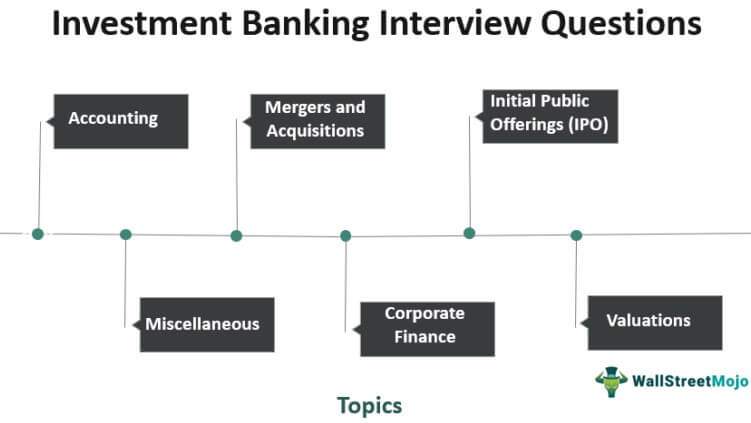
Jordan’s team works with a lot of small middle-market companies that are entrepreneur-owned. Many of the issues of due diligence come down to the sophistication of the seller. Deal after deal, the depth and complexity of diligence consistently proves to be a challenge for management. Some of it is simply the personalities of the counterparties, the buyer and seller. There are a number of factors that make deals challenging. Combating Deal Fatigue at the Target Company To summarize, Jordan exclaims that once you launch into the market, you have four to six weeks of the marketing period, four to six weeks of manager meetings and due diligence, and thirty to ninety days for the closing period. LOIs grant a degree of exclusivity to one buyer that you would ultimately select to go through the confirmatory due diligence process and then close the transaction. At the end of that period, which takes another four weeks or more, you would call for letters of intent (LOI). Then the teams sends out indications of interest, which tend to be non-binding letters that detail a range of what the buyer could potentially pay for the asset.įrom there, you select a handful of groups based on various criteria and move into management presentations.Īt this point, you will typically open a data room buyers to do business due diligence. Jordan gives potential buyers four to six weeks to review the information.

Then, you prepare and send out the confidential information memorandum (CIM), which is a fairly comprehensive document that details everything that someone would need to know about the company. While each M&A process should be tailored to the transaction at hand, there is a similar timeline for most deals.Īfter you initially launch, you typically spend four to six weeks distributing the executive summary to potential buyers signing the non-disclosure agreement (NDA).

DealRoom allows teams to stop trading outdated Excel documents, bolsters collaboration, and efficiently run through high priority items. From his experience, he found that using DealRoom’s due diligence tool is crucial. Jordan assesses that one of the major hurdles for managers is tracking the due diligence requests in the data room throughout the process. Challenges Faced While Collecting Diligence Material This is then logged in to a virtual data room, but the key is to organize the information received into data. Once the client officially signs, the first step Jordan’s team typically takes is providing the client with a comprehensive due diligence request list that contains a variety of financial and non-financial contractual items. You can look at an investment bank’s transaction history and call references to get a better feel for their strategy. You want someone who is familiar with industry trends, drivers, and key metrics that your business may encounter. Jordan believes that key factors for selecting an investment bank boil down to industry expertise and personality fit with the advisors. Generally, a financial advisor, attorney, and internal management team engage in the process. Parties involved in preparing due diligence material can vary among transactions. Those Involved with Preparing Due Diligence Material While there is no set time of when to actually begin preparing for the deal, Jordan recommends the earlier, the better. When to Start Preparing for an Acquisitionįrom start to finish, the acquisition process is incredibly taxing and time-consuming. Preparing, reviewing and documenting everything for due diligence can be very taxing on organizations.

While challenges and issues vary greatly from deal-to-deal, Jordan that most problems areas revolve around financial statements for those on the sell-side.

Text Version of the Interview Largest Sell-Side M&A Challenges


 0 kommentar(er)
0 kommentar(er)
